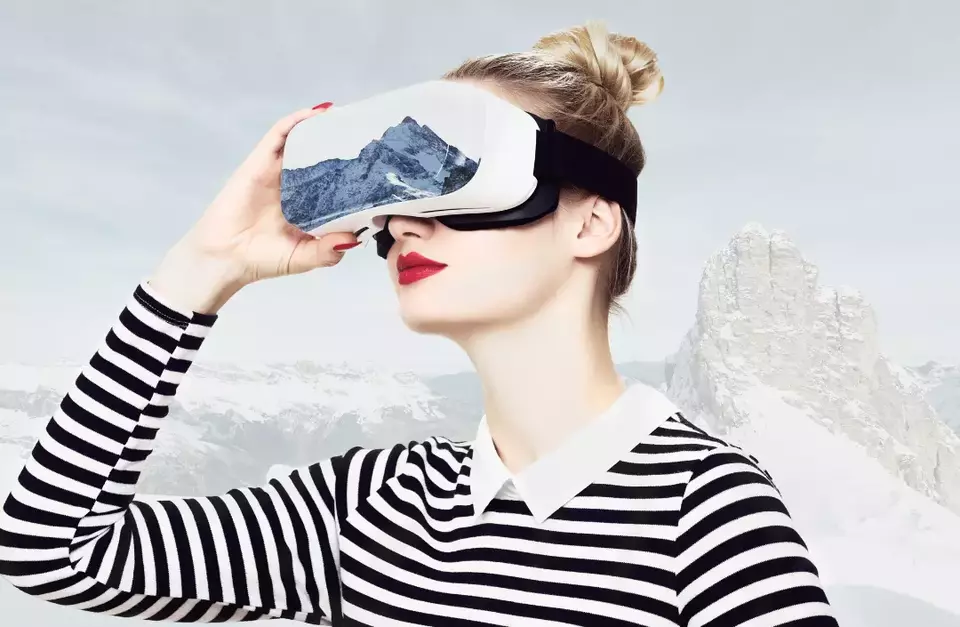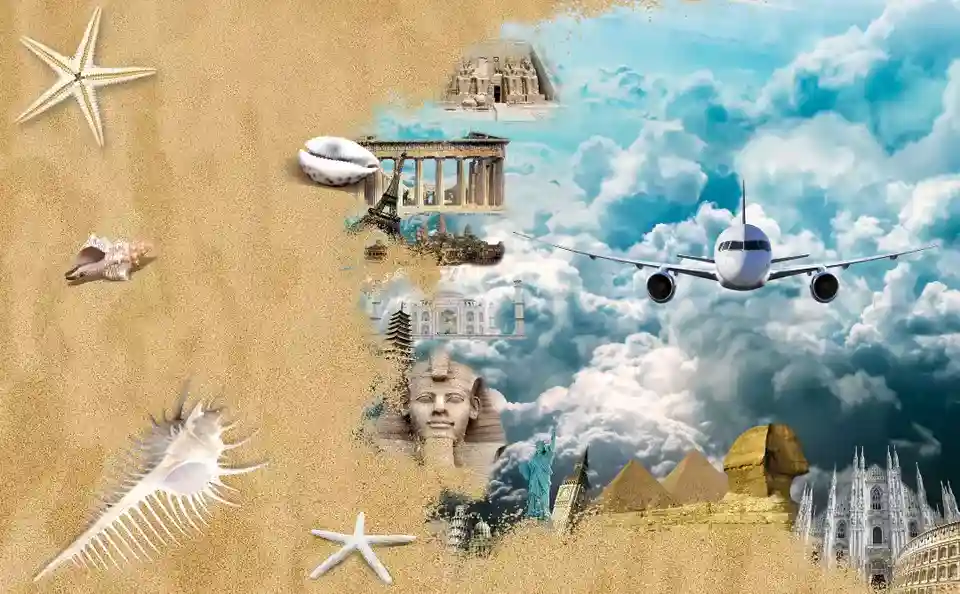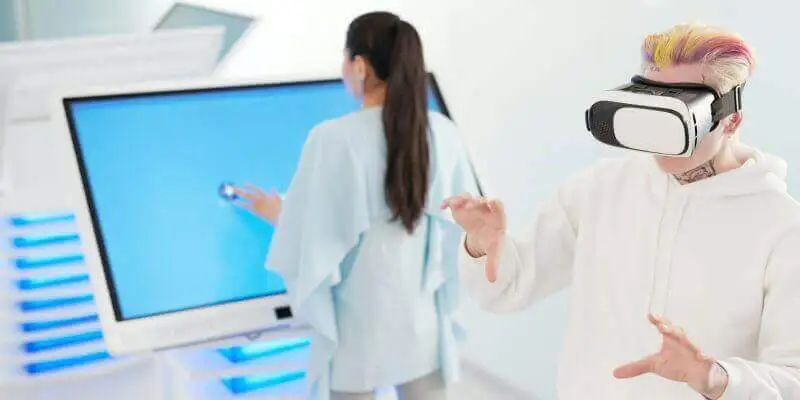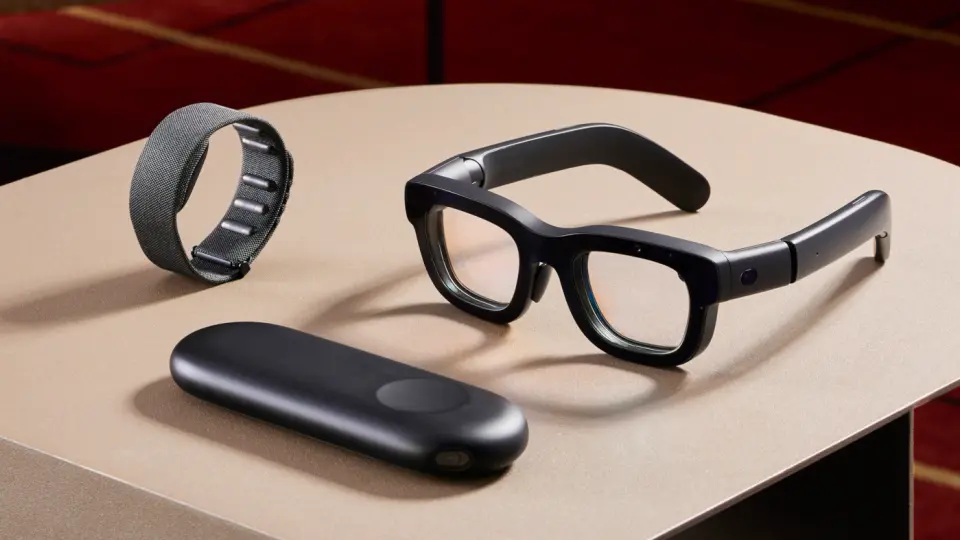Future Travel Trend Predictions: A New Era with Augmented Reality (AR) and Virtual Reality (VR)
Posted on August 12, 2023 5 minutes 1012 words
Table of contents
The realms of travel and technology have been closely linked for decades. The rise of digital solutions has consistently introduced novel ways to navigate our planet, with tech advancements that are ceaselessly reshaping how we journey through and interact with our world. Two emerging technologies, Augmented Reality (AR) and Virtual Reality (VR), promise to reshape the industry even further, leading us into a new era of travel. This blog post will delve deep into the potential future travel trends in the exciting landscape of AR and VR.
The Interplay Between AR, VR, and Travel Today
In the present day, Augmented Reality (AR) and Virtual Reality (VR) technologies are progressively securing a firm foothold in the travel industry, offering immersive experiences that are transforming the ways in which we interact with our travel destinations. From virtual tours to AR-enabled navigation, these innovations are beginning to redefine our travel experiences. They offer unique ways of exploration, engaging travelers with rich, digital experiences that interactively complement the real world.
Imagining an Immersive Future of Travel with AR and VR
The future of travel is poised to break beyond the traditional boundaries we’ve come to know. As we tread into this brave new world, the convergence of travel with AR and VR technologies is set to offer a more immersive and engaging experience than ever before. Let’s dive into some specific ways that these technologies could influence travel.
Virtual Tourism: Exploring the Unexplored
Virtual Reality (VR) has the capacity to transport users to any location in the world - or even beyond it - from the comfort of their own homes. This technology can replicate 360-degree environments that users can explore and interact with, offering an experience that is as close to real-life as currently possible without physical travel.
-
Accessible Adventure: VR travel offers an opportunity to those who, for whatever reason, can’t travel physically. Whether it’s due to health concerns, financial restrictions, or lack of time, VR can provide the experience of new places and cultures. Imagine diving the Mariana Trench, standing on the moon, or exploring ancient ruins lost to time, all from your living room.
-
Pre-travel Exploration: Virtual tours can offer a unique ’try-before-you-buy’ experience for potential travelers. Users can virtually visit a destination, check out accommodations, and explore local attractions, all before booking their trip. This not only helps to build anticipation but can ensure a personalized and satisfying travel experience.
-
Preservation of Heritage Sites: VR can also help preserve historical and cultural sites by creating digital replicas. This enables exploration without the physical wear and tear that comes from tourist footfall, contributing to the preservation of these sites for future generations.
Augmented Reality Guides: Personalized Companions
Augmented Reality (AR) overlays digital information onto the physical world. This technology holds significant potential to transform the way travelers interact with their surroundings, enriching their experiences and providing real-time, contextual information.
-
Interactive Sightseeing: AR can revolutionize sightseeing by providing travelers with a deeper understanding of their surroundings. Imagine pointing your smartphone at the Eiffel Tower and instantly receiving information about its construction, historical significance, and even nearby restaurants.
-
Live Translations: AR can break down language barriers. Real-time translation of signs, menus, and other written text can ease the navigation of non-English speaking countries, making travel more accessible and less daunting.
-
Historical Reconstructions: Visiting historical ruins and archaeological sites could be transformed by AR technology. Overlaying what once stood on the current ruins could provide an unprecedented glimpse into the past. Imagine standing in the Roman Forum, not as it is now, but as it was at the height of the Roman Empire, bustling with activity.
-
Wildlife Identification: For those exploring nature, AR can provide information about local flora and fauna. Point your device at a plant or animal, and instantly receive details about its species, habitat, and more.
Hybrid Experiences: The Blend of AR and VR
The blend of AR and VR, often referred to as Mixed Reality (MR), could create hybrid experiences where users interact with both real and virtual environments. Imagine scuba diving in your living room, with your actions in the virtual world mirrored by a robot in the real ocean, exploring marine life and ancient shipwrecks. Or walking through a real-world rainforest while interacting with extinct animals or prehistoric vegetation via AR.
These immersive technologies are not just set to change how we experience the world; they’re set to redefine the very meaning of travel. We’re standing on the brink of a new era, with AR and VR as the vehicles set to transport us into this exciting future.
AR and VR’s Role in Sustainable Travel
As we become more conscious of our impact on the planet, sustainability in travel has become a crucial concern. AR and VR technologies can contribute positively to these efforts. Virtual tourism could reduce our carbon footprint by limiting the need for long-haul flights. Moreover, AR can help protect delicate historical sites and fragile ecosystems by offering virtual interaction options, reducing the physical wear and tear from tourist footfall.

Navigating the Challenges Ahead
Despite the numerous benefits of AR and VR, several challenges remain. The cost and availability of the necessary hardware and reliable high-speed internet connection could potentially limit the wide-scale adoption of these technologies, particularly in remote travel destinations. There is also a risk that an over-reliance on virtual experiences could diminish the authenticity and personal growth that can stem from real-world exploration and interactions.
Conclusion
As we gaze into the future, it’s clear that AR and VR technologies hold immense potential to dramatically reshape the travel industry. They promise more immersive, personalized, and sustainable travel experiences that could redefine our understanding of what it means to travel. Despite the challenges, the future of travel seems both exciting and promising, with AR and VR at the helm of this transformation.
In this rapidly evolving landscape, it’s important to stay informed and adapt. So, we invite you to continue following our blog for more insights into the exhilarating world of future travel trends!








